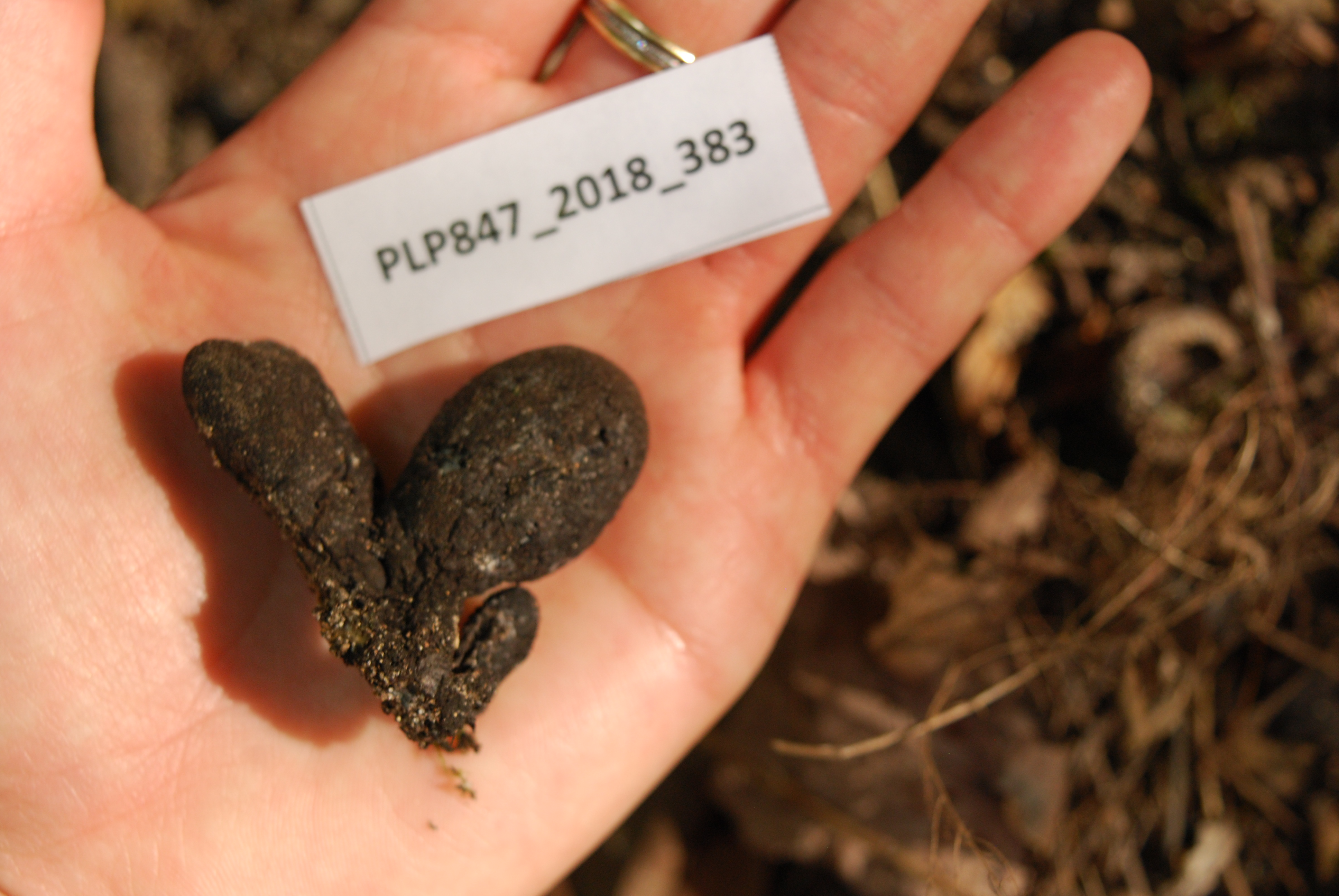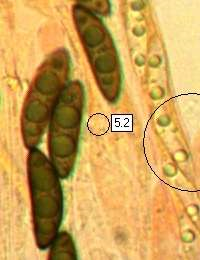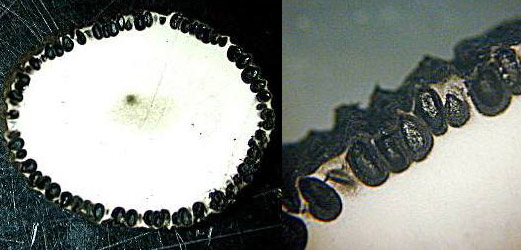Xylaria Polymorpha
Xylaria Polymorpha(Persoon) is a saprobic ascomycete that is commonly known as deadman’s fingers(1).

Taxonomy
- Domain: Ascomycota
- Class: Sordariomycetes
- Order: Xylariales
- Family: Xylariaceae
- Genus: Xylaria
- Species: Polymorpha
Xylaria Polymorpha(Persoon) is a saprobic ascomycete that is commonly known as deadman’s fingers(1). It is commonly found growing at the base of decaying hardwoods or beech trees. This species of Xylaria is very similar at first glance to Xylaria Longpipes, but can be distinguished by the absence of a distinct stem. Xylaria Polymorpha stays about the same width from top to bottom whereas longpipes is characterized by a thin stem widening to a club shape at the the top(figure one). One interesting feature of Xylaria Polymorpha is that contrary to the dark outside skin of the fruiting body, the flesh on the inside is distinctly white. The fruiting body is dense and nearly woody. These fungi are frequently seen grown on the large roots of trees as seen in figure two.


Under a dissecting scope the white flesh in contrast to the dark outer skin is very clear as can be seen in figure three. The spores seems typical of ascomycetes and appear in asci containing dark colored rounded spores (figure four).

Some interest has been generated in the use of Xylaria Polymorpha in medicine specifically as an antimicrobial agent. This fungus was shown to inhibit the growth of E Coli in culture experiments (4). It has also generated recent interest in the discovery of new lignin degrading and other interesting enzymes (5).
Sources:
- Kuo, M., & Methven, A. S. (2014). Mushrooms of the Midwest. University of Illinois Press.
- Tom Volk’s Fungus of the Month for April 2000.
- Xylaria Polymorpha (Dead Man’s Fingers). Michael Kuo. MushroomExpert.com.
- Hacıoğlu, Nurcihan & Akata, Ilgaz & Dulger, Basaran. (2011). Antimicrobial potential of Xylaria polymorpha (Pers.) Grev. African Journal of Microbiology Research. 5.
- Nghi, Do & Bittner, Britta & Kellner, Harald & Jehmlich, Nico & Ullrich, René & J Pecyna, Marek & Nousiainen, Paula & Sipilä, Jussi & Huong, Le & Hofrichter, Martin & Liers, Christiane. (2012). The Wood Rot Ascomycete Xylaria polymorpha Produces a Novel GH78 Glycoside Hydrolase That Exhibits -L-Rhamnosidase and Feruloyl Esterase Activities and Releases Hydroxycinnamic Acids from Lignocelluloses. Applied and environmental microbiology. 78. 4893-901. 10.1128/AEM.07588-11.



 Print
Print Email
Email



